The history of the words clock and watch Part 1
The word “clock” was likely derived from the Middle Dutch word “clocke.” An etymology and word origin list from Rice University states that the word “clocke” was used to describe the noise making bell in the church tower and is defined as a bell clock.
From the description in the definition, the bell in the Dutch church towers made a lower “bong” type of sound instead of the high pitched clang sound that is most commonly associated with church tower bells. The word “clocke” was formulated before clocks with faces emerged. The description states that later a “newfangled timekeeper” with a rounded face and hands was added to the church tower.
“Clocke” was the original word, but when the English imported the timepieces, they shortened the name to “clock.” Differences in the English and Dutch language affecting this issue were that the Dutch language had one word that meant both “bell” and “clock,” while the English language developed two separate words. One English word meant “clock” and one meant “bell,” to not cause confusion between the two and provide a distinction between a ringing bell and a clock with a face.
In the Online Etymology Dictionary, the word “clock” originated in the late 14th century. This time line matches with the above reference because clocks in this era were not the typical face clocks that displayed the time, featuring a face and hands.
The Anderson Institute reports that during the 14th century, the clocks used then are now referred to as turret clocks. Turret clocks were devices powered by a verge escapement, weights and chains. The bell clock was then placed in the bell tower to chime the passing hours. The chains had to be wound and would often lose balance, resulting in the hours being tolled late or early; these clocks were not very accurate.
One of the oldest surviving turret clocks exists today in England and dates to 1386. Located in the Salisbury Cathedral, this clock only tolls the hours. See the picture of the clock movement to the right. In clock history, these beginning devices were the predecessor of larger wall clocks with faces that had similar functions and structure.
The word “clocke” also had influence from words in other foreign languages.
That concludes are part 1 – part 2 will be coming out next week.
Thanks for taking the time to read our articles and we hope you enjoy our information Learning clock or watch repair.

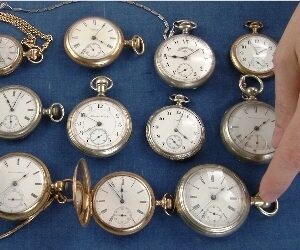
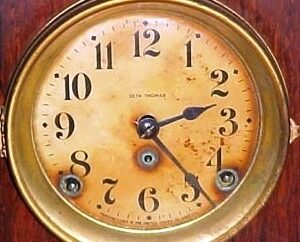
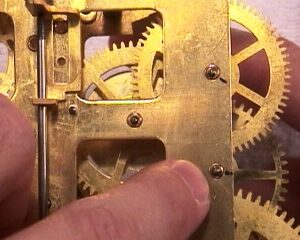
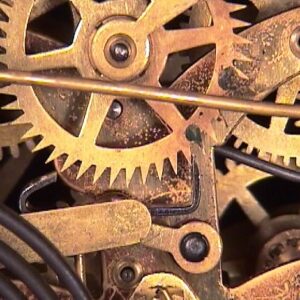
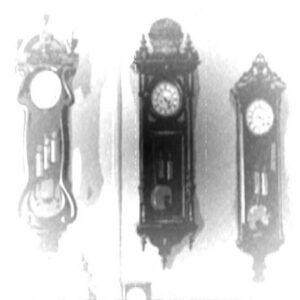
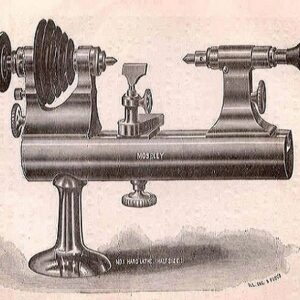
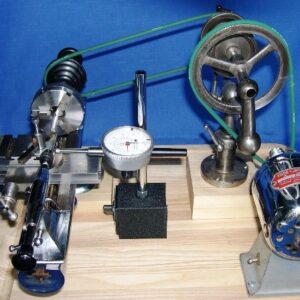
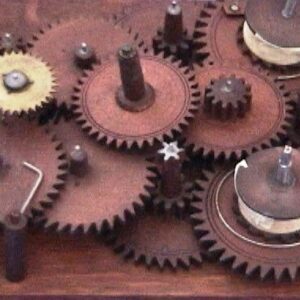
Comments are closed.